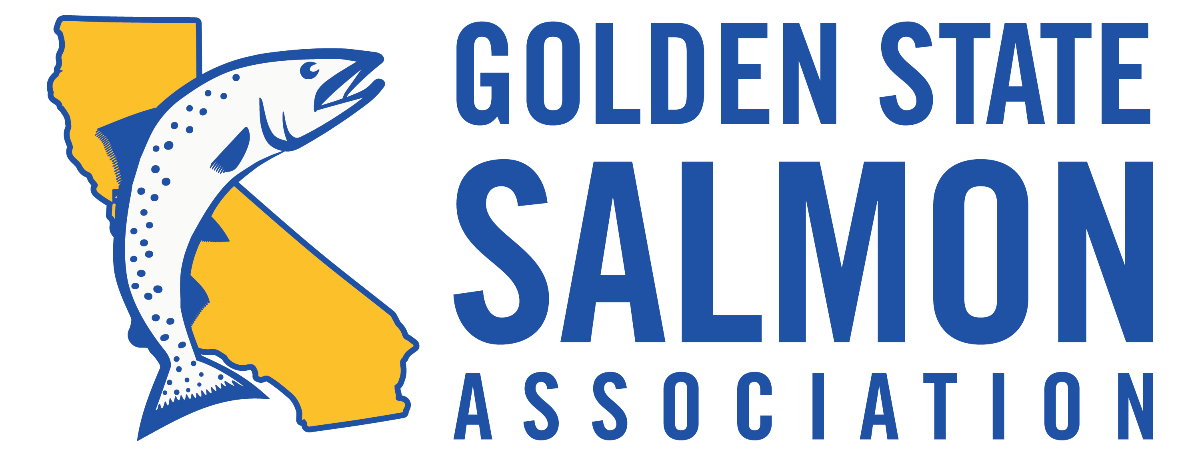Fish Report for 2-2-2024
UPDATE! NOAA allocates over $20.6M in fishery disaster funding

by GSSA Staff
2-2-2024
Website
On Thursday, February 2, U.S. Secretary of Commerce Gina M. Raimondo announced the allocation of $20.6 million to address a fishery resource disaster that occurred in the 2023 Sacramento River Fall Chinook and Klamath River Fall Chinook ocean and inland salmon fisheries. NOAA Fisheries used revenue loss information from the commercial, processor and charter sectors to allocate funding for the disaster.
“Fishery disasters have wide-ranging impacts and can affect commercial and recreational fishermen, subsistence users, charter businesses, shore-side infrastructure and the marine environment,” said Secretary Raimondo. “These funds will help affected California communities recover and improve sustainability.”
Congress provided fishery resource disaster assistance funding in the 2022 and 2023 Disaster Relief Supplemental Appropriations Acts. A positive determination makes these fisheries eligible to receive a funding allocation from those appropriations. These funds will improve the long-term economic and environmental sustainability of the impacted fisheries. Funds can be used to assist the impacted fishing communities including commercial fishermen, recreational fishermen, charter businesses and subsistence users.
“At NOAA Fisheries we can appreciate how this fishery disaster is of great concern for the fishing industry and the people that depend on these fisheries to support their communities,” said Janet Coit, assistant administrator for NOAA Fisheries. “We hope this allocation can aid in recovery efforts as quickly as possible.”
Activities that can be considered for funding include fishery-related infrastructure projects, habitat restoration, state-run vessel and fishing permit buybacks, job retraining and more.
On December 29, 2022, Congress passed the Fishery Resource Disasters Improvement Act, which amended the Magnuson-Stevens Fishery Conservation and Management Act. Since the disaster request for these fisheries was received after this date, it was evaluated under the amended statute.
In the coming months, NOAA Fisheries will work with the state of California to administer the disaster relief funds. Fishing communities and individuals affected by the disaster should work with their state or other agencies as identified by the state, as appropriate.
Scott Artis, executive director of Golden State Salmon, responded, “It’s been a long time coming and an even longer wait for all those salmon families who’ve been struggling each day to make ends meet. I’m glad to see NOAA has approved funding to keep this process rolling as quickly as possible – getting funding to affected salmon families is critical. Unfortunately, the $20.6 million in relief is a far cry from the $45 million requested by California last year. And it is a staggering decrease from the more than $60 million in relief that was distributed to commercial and charter fishermen and women, processors and Sacramento River guides in 2008. This news is a mixed bag. On one hand, relief funds are desperately needed. On the other, it’s forty-five percent of what was needed and requested. This is so emblematic of what the fishing industry has had to endure and just one more reminder, a twist of the knife in the open wound, of our devastated salmon fishery.”
Golden State Salmon Association will continue to work with congress and other elected officials to push for the distribution of relief funds quickly and learn why NOAA allocated less than half of the request made by the State of California.
< Previous Report Next Report >

Website Hosting and Design provided by TECK.net